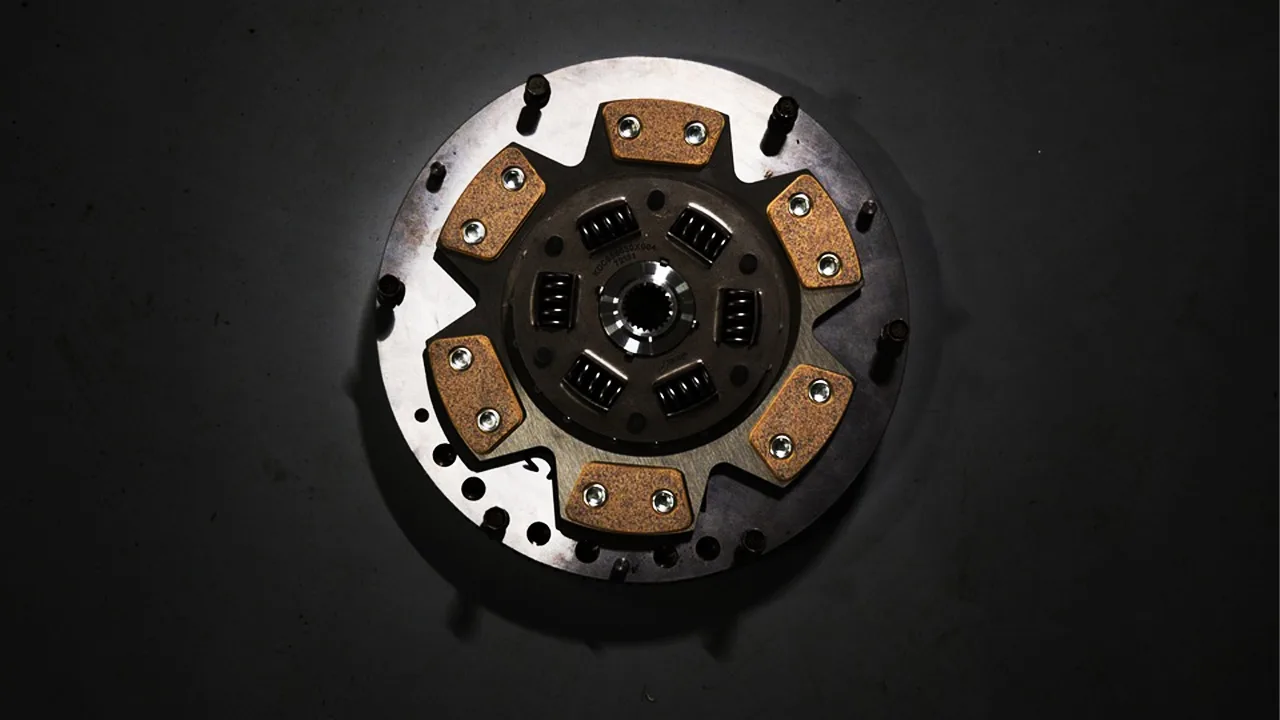Home »
The clutch system in a car is a critical component that allows for the smooth engagement and disengagement of the engine from the transmission, enabling efficient power delivery to the wheels. Over time, various factors such as wear and tear, improper adjustment, or fluid leaks can lead to clutch problems, affecting the vehicle’s performance and drivability. It aims to help car owners understand common clutch problems by exploring symptoms and potential solutions in detail.
Importance of the Clutch System:
The clutch system plays a vital role in manual transmission vehicles by transmitting power from the engine to the transmission and allowing for seamless gear changes. Proper clutch operation ensures smooth acceleration, efficient power transfer, and precise car speed and direction.
Common Symptoms of Clutch Problems:
Slipping Clutch:
Symptoms:- Engine revs increase without a corresponding increase in vehicle speed, especially noticeable when accelerating or climbing hills.
Solutions:- Replace worn components, check for oil leaks and contamination, and adjust the clutch pedal free play to manufacturer specifications.
Difficulty Shifting Gears:
Symptoms:- Difficulty engaging gears, grinding or crunching noises during gear shifts, or gears popping out of engagement.
Solutions:- Inspect and replace worn synchronizers, repair or replace damaged clutch linkage components, and check for leaks in the hydraulic system.
Clutch Drag:
Symptoms: Difficulty shifting into gear, even with the clutch pedal fully, or the vehicle lurching forward when starting from a stop.
Causes: Inadequate clutch disengagement, warped clutch disc, or hydraulic system problems.
Solutions:- Adjust clutch linkage or hydraulic system, replace warped clutch components, and inspect for leaks or air bubbles in the hydraulic system.
Clutch Pedal Issues:
Symptoms: Soft or spongy clutch pedal feel, clutch pedal sticking to the floor, or clutch pedal not returning to its fully raised position.
Causes: Air in the hydraulic system, worn clutch master or slave cylinder, or damaged clutch cable.
Solutions:- Bleed the hydraulic system, replace worn cylinders, or repair/replace the clutch cable as necessary.
Visual Inspection:
Clutch Fluid Leakage:
Check for signs of fluid leakage around the clutch master cylinder, slave cylinder, or hydraulic lines. Fluid leaks indicate potential problems in the hydraulic system, such as worn seals or damaged components.
Clutch Disc Wear:
Remove the inspection cover or access plate to inspect the clutch assembly. Examine the clutch disc for signs of wear, such as worn friction material or grooves on the surface. Excessive wear indicates the need for clutch replacement.
Clutch Linkage Adjustment:
Check the clutch pedal free play by pressing the pedal and measuring the amount of movement. Adjust the clutch linkage or hydraulic system needed to ensure proper pedal-free play and engagement.
Road Testing:
Clutch Engagement:
Pay attention to how the clutch engages when starting from a stop and shifting gears. Note any slipping, grabbing, or difficulty engaging gears. These may indicate clutch problems.
Shifting Smoothness:
Test the smoothness of gear shifts, paying attention to any grinding, crunching, or resistance during shifts. Difficulty shifting or gears popping out of engagement suggest potential issues with the clutch or transmission.
Clutch Pedal Feel:
Evaluate the feel of the clutch pedal, noting any softness, sponginess, or sticking. A soft or spongy pedal may indicate air in the hydraulic system, while a sticking pedal may suggest worn or damaged components.
Diagnostic Tools:
Clutch Slippage Test:
Use a tachometer to monitor engine speed while gradually accelerating in a high gear. Engine speed increasing disproportionately to vehicle speed indicates clutch slippage.
Hydraulic Pressure Test:
Use a pressure gauge to measure hydraulic pressure in the clutch system. Compare the measured pressure to manufacturer specifications to identify abnormalities.
- Nearly 30% of UK Drivers Believe Car Tax Should Be Based on Mileage — Survey
- Why Planes and Boats Escaped the Luxury Tax But Cars Didn’t
- Australia’s Headlight Confusion: Authorities Warn Drivers After Viral $250 Headlight Rule Goes Wild Online
- 2025 Hyundai Venue Facelift Launched in India – Full Details, Variants, and Price
- Royal Enfield Bullet 650 Unveiled at EICMA 2025: A Classic Legend Returns
Professional Inspection:
If DIY inspection and testing do not reveal the cause of clutch problems, consider seeking professional diagnosis and repair. A qualified mechanic can perform a comprehensive inspection, including a breakdown of the clutch assembly, to identify and address underlying issues.
Conclusion:
Identifying car clutch problems requires a systematic approach involving visual inspection, road testing, and diagnostic tools. By recognizing common symptoms such as slipping clutch, difficulty shifting gears, clutch drag, and clutch pedal issues, car owners can diagnose potential problems early and take appropriate action. Whether it’s adjusting clutch linkage, replacing worn components, or seeking professional repair, addressing clutch problems ensures optimal performance and prolongs the lifespan of the clutch system. Regular maintenance and attentive driving habits can also help prevent clutch problems. And the smooth operation of the transmission system in cars.
